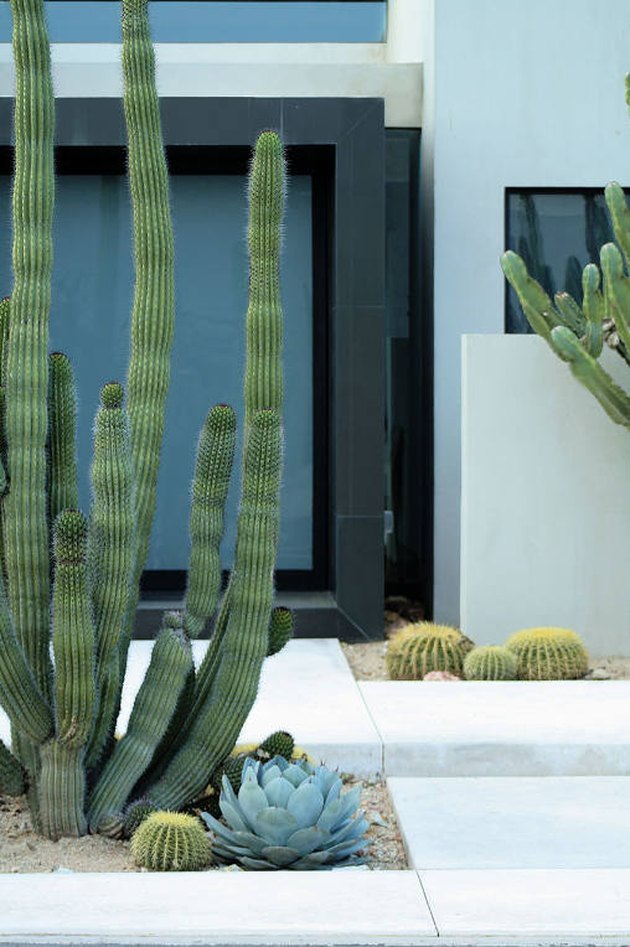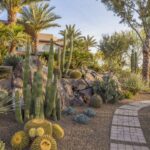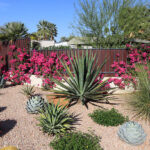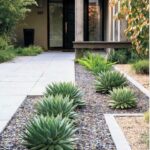Desert landscaping is a popular choice for homeowners looking to create a low-maintenance and water-efficient outdoor space. This type of landscaping is ideal for regions with hot, dry climates where traditional lawns and plants may struggle to thrive. By using native plants and rocks, desert landscaping can create a beautiful and sustainable garden that requires minimal upkeep.
One of the key elements of desert landscaping is using native plants that are well adapted to the arid conditions of the desert. These plants are often more drought-tolerant and require less water than non-native species. Additionally, native plants are better suited to the soil and climate of the region, making them more likely to thrive and flourish in a desert landscape.
In addition to native plants, rocks and gravel are commonly used in desert landscaping to add texture and visual interest to the space. Rocks can be used to create pathways, borders, or focal points within the garden, while gravel can be used as a low-maintenance ground cover. Both rocks and gravel can help to reduce water usage by minimizing the need for traditional grass lawns.
When designing a desert landscape, it is important to consider the layout and placement of plants to ensure optimal growth and visual appeal. Grouping plants with similar water and sunlight requirements together can help to create a more cohesive and functional garden. Additionally, incorporating elements such as drought-tolerant grasses, succulents, and cacti can add variety and interest to the landscape.
Another key aspect of desert landscaping is irrigation. While desert plants are typically more water-efficient than traditional plants, they still require some level of watering, especially during the hot summer months. Drip irrigation systems can be a great solution for delivering water directly to the roots of plants, minimizing water waste and evaporation. Mulch can also help to retain moisture in the soil and reduce the need for frequent watering.
Overall, desert landscaping offers a sustainable and environmentally-friendly way to create a beautiful outdoor space that is well-suited to the arid conditions of the desert. By using native plants, rocks, and efficient irrigation techniques, homeowners can enjoy a low-maintenance garden that thrives in even the harshest of climates. Whether you live in a desert region or simply want to reduce water usage and maintenance in your garden, desert landscaping is a smart and stylish choice for any home.













